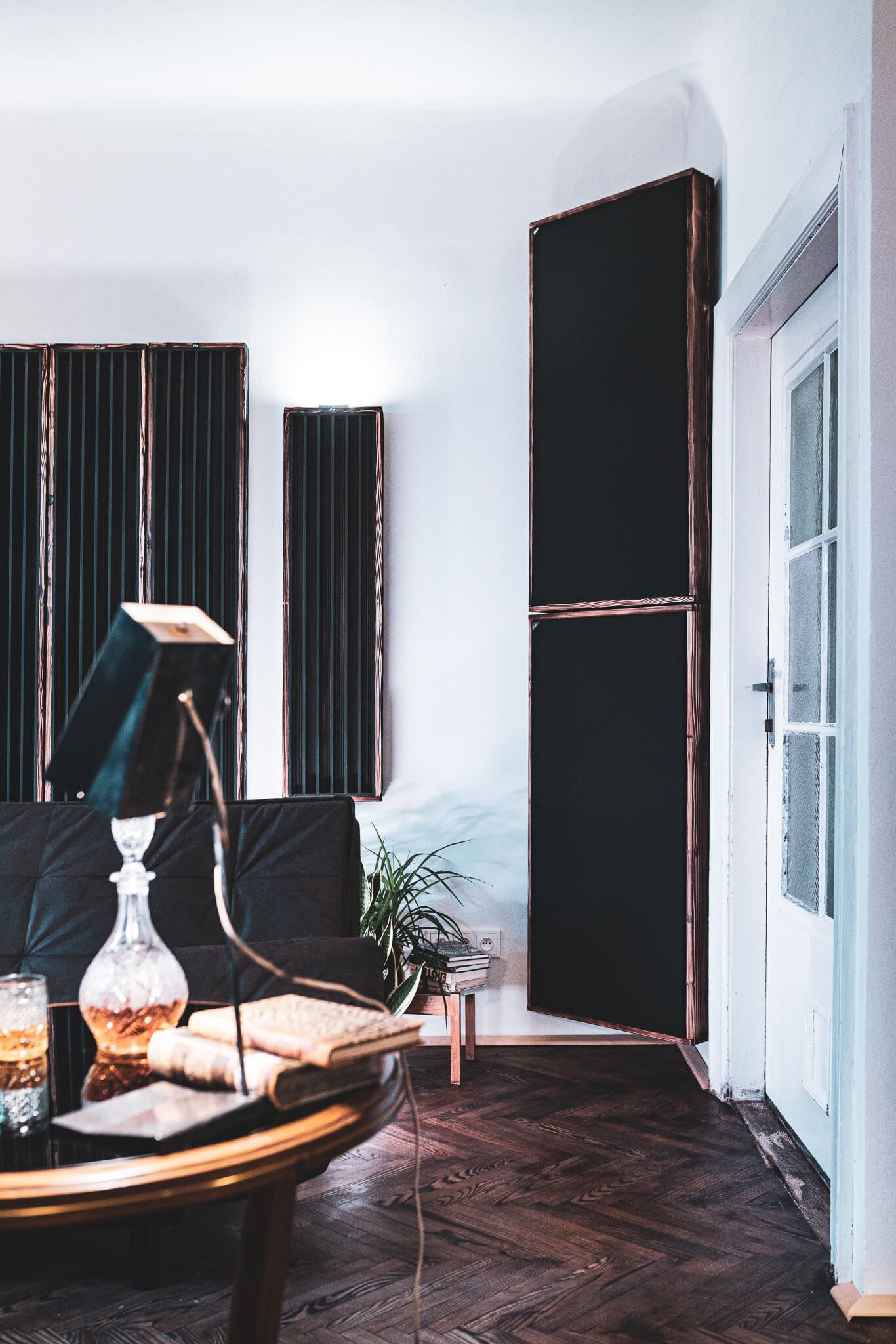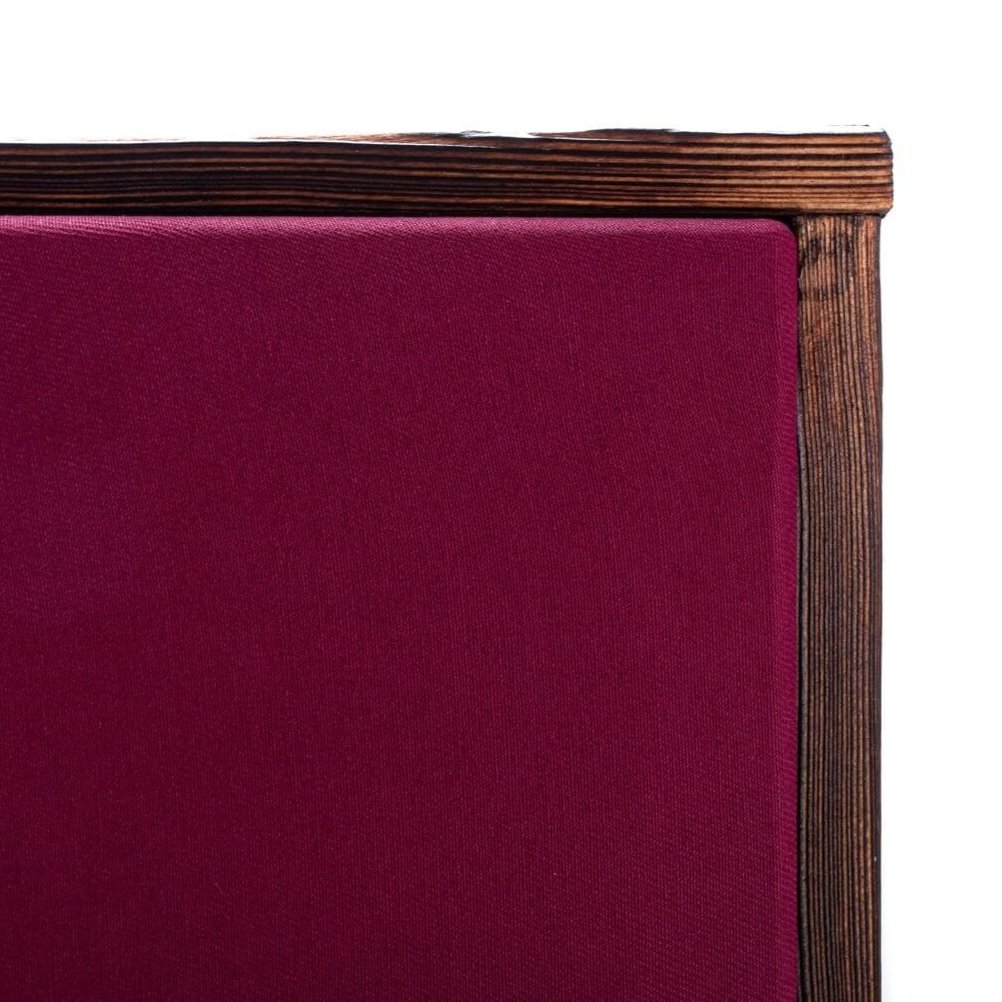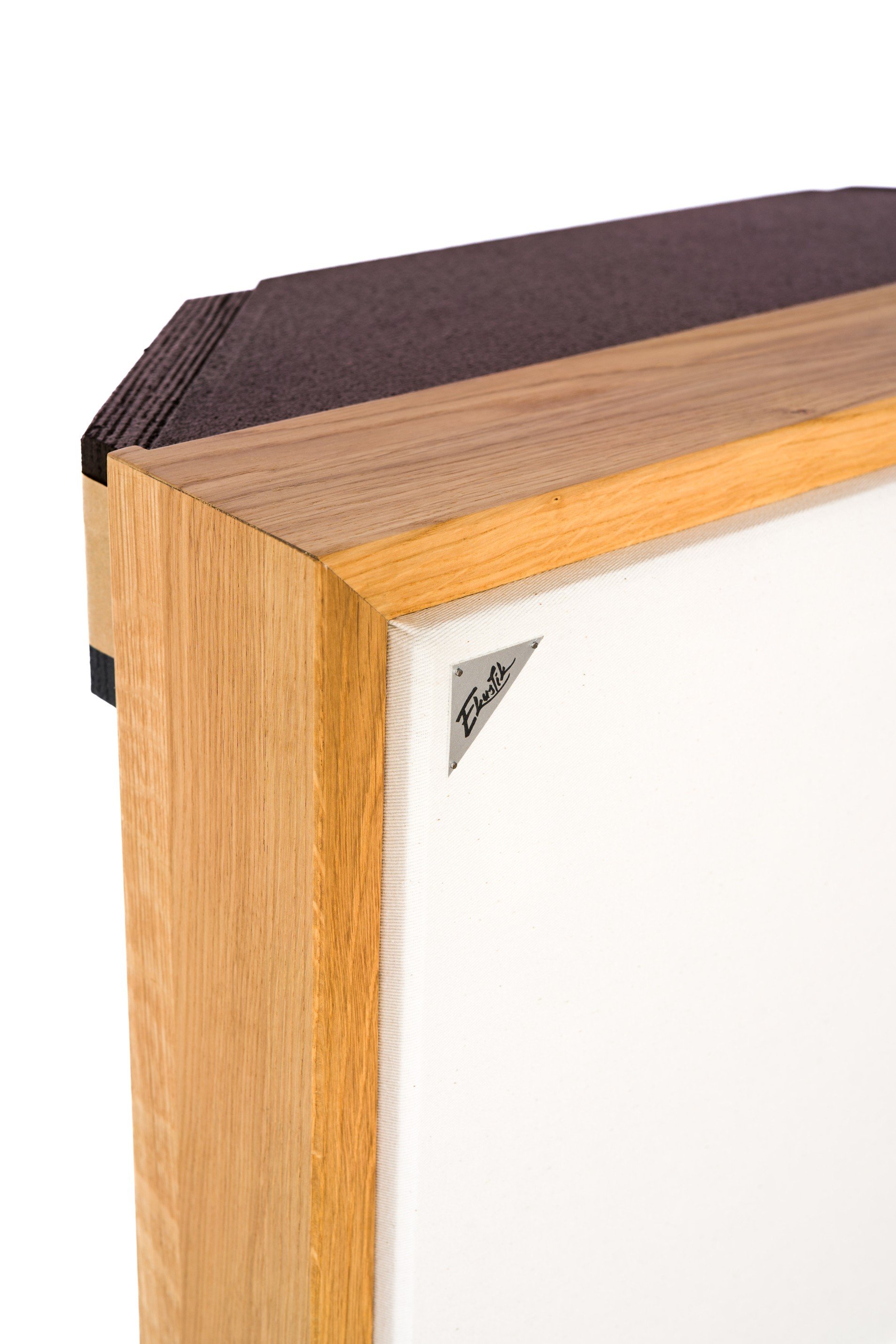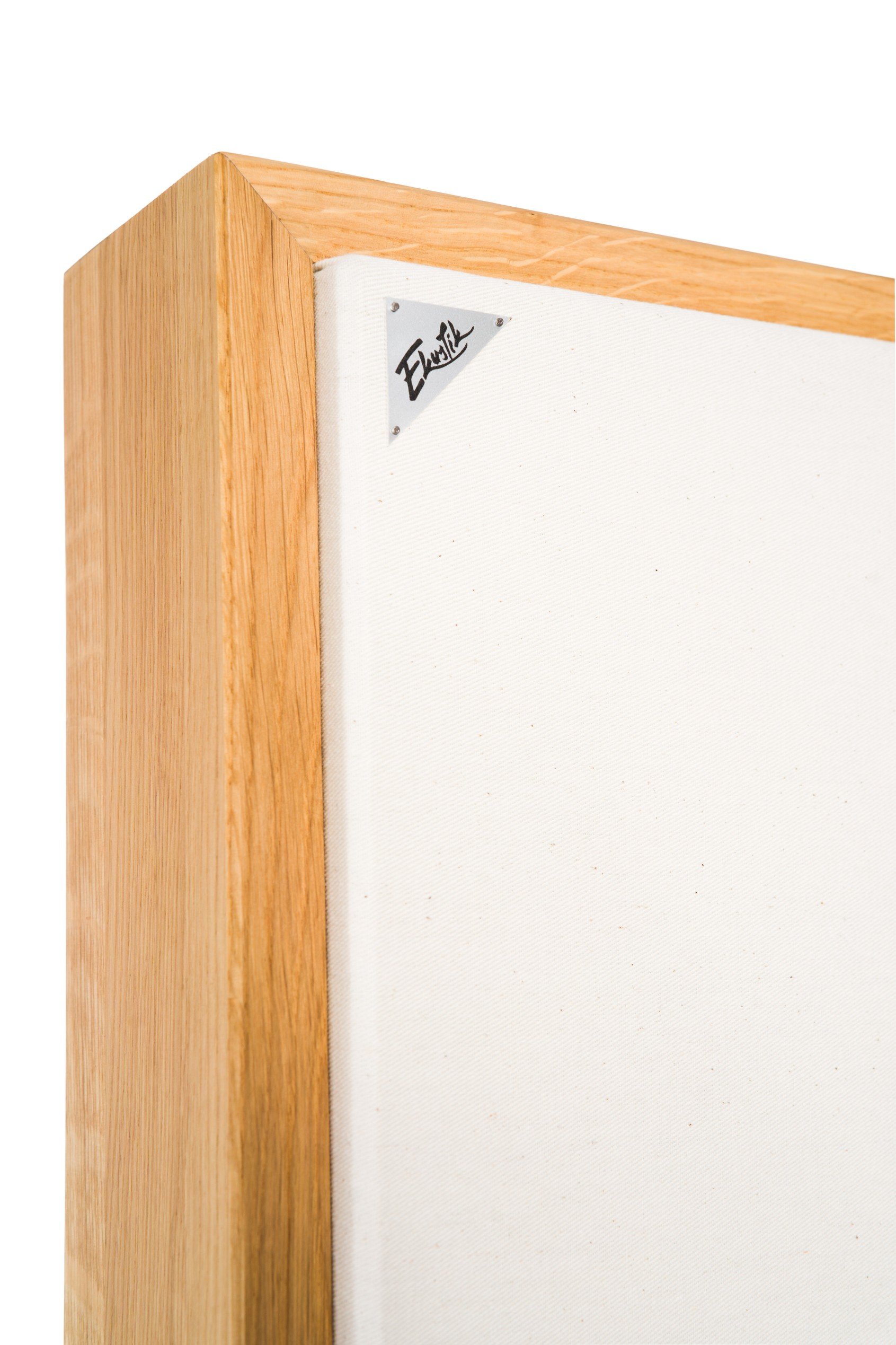Low-frequency absorption
As we have already mentioned in our home studio guide, all small spaces without suitable acoustic treatment are haunted by bass chaos at low frequencies. This chaos cannot be easily escaped, but with the right placement of the speakers and efficient absorption, clear bass and quality sound at low frequencies can be achieved.
Bass absorbers have the highest effect in the corners of the room
Low-frequency (LF) absorbers are an important part of any room where music plays (especially funk, rock, hip hop, electronic music). These are acoustic absorbers placed in the corners of the room, where the absorption of low frequencies is most effective.
For this reason, they are an absolutely indispensable part of the acoustic solution of a music studio or good listening room. In this section, you will learn all the important information you need to know to successfully equip a room with bass absorbers.
Why should you control low frequencies?
Small and medium-sized rooms (basically all music studios) naturally have an extremely uneven LF response. You may never have realized it, but your ears have been hearing it in any room for years - the low frequencies prevent you from hearing the sound accurately. Even if you place the best and most expensive speakers in your room, you don’t solve the need to absorb excessive bass.
If you do not control the bass, your music base at frequencies below 300 Hz will be severely disrupted by acoustic chaos, which is caused, among other things, by the frequency regions of the room, so-called room modes.
Room modes
The room can be divided into three basic frequency areas (room modes), according to which sound waves behave differently in space. These room modes are determined by the reflection of sound waves, which means that they are basically depending on the geometry of the room.
The resulting sound is colored by your room and can, for example, emphasize certain tones, mask others, etc. The theory of room modes is quite comprehensive, but for our purposes, it is enough to realize how much influence the room geometry and reflection of sound waves on the resulting sound have.
Where to place the bass absorbers?
The bass energy is concentrated mainly in the corners of the room and most strongly in the triangular corners (wall/wall/ceiling and wall/wall/floor). The reason for this is the change in sound pressure, which reaches the highest values in triangular corners. Therefore, these places are clearly the first adepts for the location of acoustic absorbers. However, in the case of low-frequency absorbers, it is also necessary to think about the distance of the absorbers from the wall.
The sound wave reaches the lowest velocity of the wall (zero velocity on impact) and, conversely, the highest velocity at a quarter of the distance of the wavelength from the wall (before it touches the wall). At the same time, the sound pressure is the highest where the velocity is the lowest (they are naturally 90° out of phase). Because of this, the low frequencies must be absorbed further away from the wall. Ideally where the sound pressure is the lowest and velocity highest.
Sound wave velocity and pressure behavior at the wall.
For this reason, we place LF absorbers in the corners of the room and use either diaphragmatic or porous technology with an air gap introduced behind the absorbing layer.
Diaphragmatic technology work with a flexible yet heavy membrane that absorbs low-frequency energy by vibrations, because thanks to the air gap behind the membrane, it works like a spring. Using our Woody Wavy corner absorber, you can absorb energy down to even 40 Hz, which is usually the most problematic area that can’t be treated with broadband wall panels.
Porous absorbers are the standard broadband acoustic panels that we use to control the reverberation of the room and treat the sound reflection points. However, if Woody Queen panels are thick enough (15 cm) and placed in the corners of the room with an air gap behind them, they can work on frequencies even below 100 Hz. The disadvantage is that you have to use a lot of very thick absorption and even then you might not reach the lowest frequencies. The best is to combine both together.
How to do it practically
We will now show the basic positions for placing bass absorbers in a classic rectangular room, in which we have 8 three-walled corners (A, B, C, D) and 12 double-walled corners.
Let's start with the wall corners marked 1, 2, 3, and 4. In these corners you will have the biggest impact on the absorption of low frequencies, so the absorbers are placed here first. The best possible solution is to bridge these corners from the bottom to the ceiling, as this will cover all eight critical three-walled corners (A, B, C, D, E, F, and G). This is shown in the following figure.
Placing bass absorbers in the main corners from floor to ceiling.
Sound waves are most affected by all the room modes together in the three-walled corners, so the bass absorbers placed here are the best way to disturb their adverse effects. If you have limited options and can only place two corner bass absorbers, the best place for them is usually in corners 1 and 2.
But what to do if it is impossible to cover all the main corners? What if you have an obstacle in your way, such as a door, or due to aesthetics, it is not possible to cover the whole floor-to-ceiling area? Simply look at the other corners that are available and apply the bass absorbers here. You can see examples of locations in the following images.
If it’s impossible to cover the main corners from floor to ceiling, you can start with absorption in other corners of the room. Here, as a second step, thick absorbers are hanged from the ceiling covering the corners from A to B.
Example of placement if you don’t have front corners free. Thick panels suspended from ceiling help not only with low-frequencies, but with reverberation and first reflection points absorption as well.
Example of pro treatment of low frequencies on the room. The more corner diaphragmatic absorption you get, the more even frequency response you’ll have.
Example of Full treatment
This solution will ensure you have your bass tight and crystal clear.
All main corners are equipped with high-performance membrane absorbers Woody Wavy.
Thick porous absorption Woody Queen is used in the corners of the ceiling.
Measure the energy of the basses
Whoever decides to place bass absorbers in the room is really serious about interior acoustics. Therefore, it is advisable to perform acoustic measurements before and after the equipment. The increase in energy at low frequencies can vary from corner to corner (depending on the location of the speakers and the geometry of the room), so it is best to measure in which corners the accumulation is the strongest. If you plan to place a limited number of bass absorbers, you can treat first the corners where they will have the strongest effect according to the measurement.
There are specialized devices for acoustic measurements, but in domestic conditions, we can simply use a smartphone or our own ears. The easiest way is to download an app for acoustic measurements and measure all corners or to play some music and go from corner to corner and listen carefully where the bass is the strongest.
After you equip your room, you can measure the frequency response to check how exactly the treatment helped. For that, you will need a microphone and specialized software. Until we come up with a simple guide, you can google around and check some instructions videos on youtube.




























